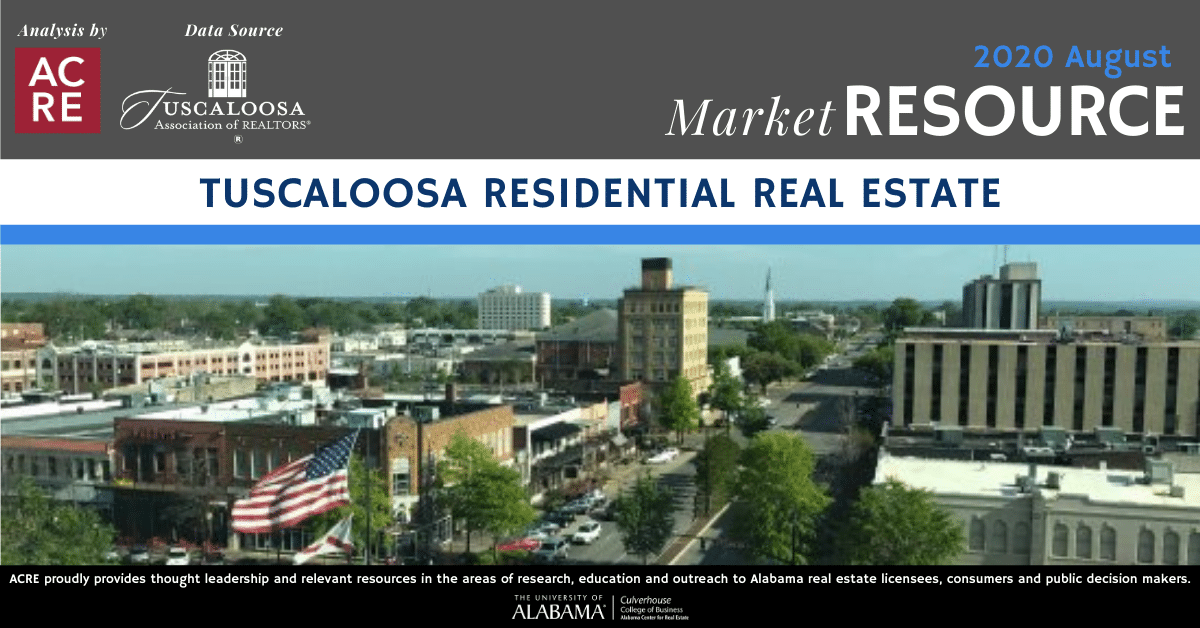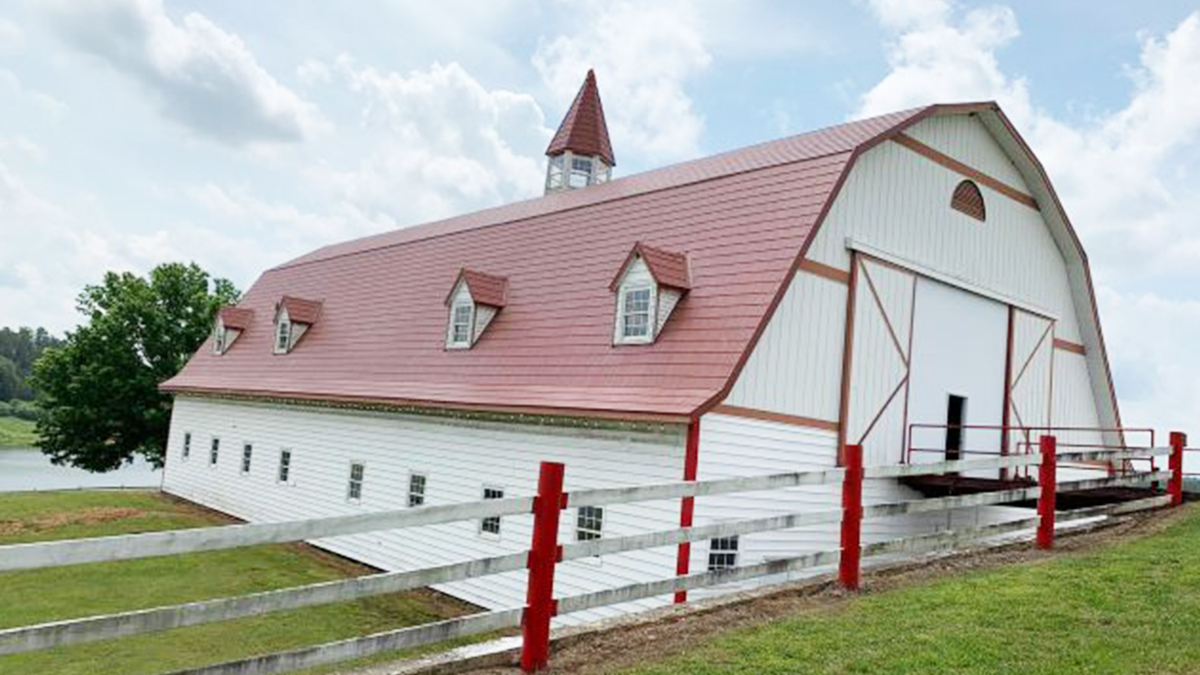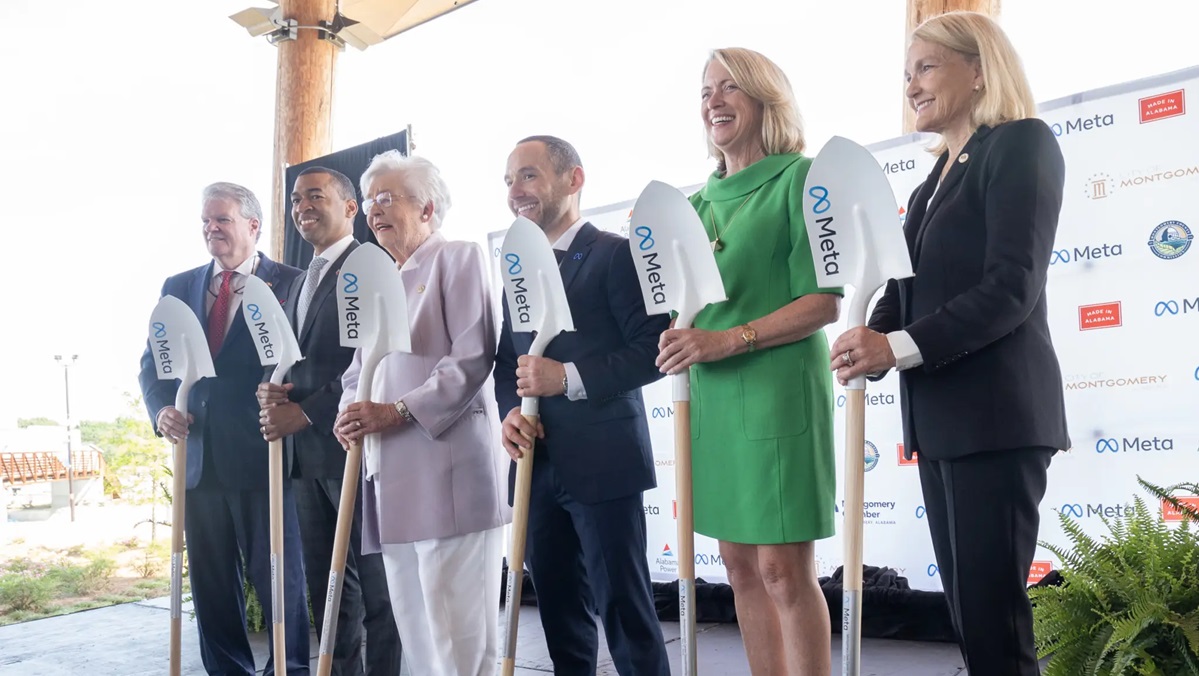Tuscaloosa-area home sales up for third consecutive month in August vs. last year

(Getty Images)

Sales: According to the Tuscaloosa Association of Realtors, August home sales in the area increased 1.4% year-over-year from 286 to 290 closed transactions, marking three consecutive Y/Y gains. Sales decreased 20.3% from July and are now up 11.5% year-to-date. The 35 new homes sold represented 12.1% of total residential sales in August. Two more resources to review: Quarterly Report and Annual Report.
For all Tuscaloosa-area housing data, click here.
Inventory: Homes listed for sale decreased 21.3% Y/Y from 832 listings one year ago to 655 in August. Months of supply dropped from 2.9 months to 2.3, reflecting a market where sellers generally have elevated bargaining power.
Pricing: The median sales price in August was $211,250, an increase of 17.4% from one year ago and a decrease of 1.5% from July. The differing sample size (number of residential sales of comparative months) can contribute to statistical volatility, including pricing. ACRE recommends consulting with a local real estate professional to discuss pricing, as it will vary from neighborhood to neighborhood.
Homes sold in August averaged 52 days on the market (DOM), selling seven days slower than in August 2019.
Forecast: August sales were one unit, or 0.3%, below the Alabama Center for Real Estate’s (ACRE) monthly forecast. ACRE projected 291 sales for the month, while actual sales were 290 units. ACRE forecast a total of 2,031 residential sales year-to-date, while there were 2,137 actual sales through August, a difference of 5.2%.
Click here to view the entire monthly report.
The Tuscaloosa Residential Monthly Report is developed in connection with the Tuscaloosa Association of Realtors.
Editor’s note: All information in this article reflects data provided to the Alabama Center for Real Estate for Aug. 1-31, 2020. Thus, the performance represented is historical and should not be used as an indicator of future results, particularly considering the impact of COVID-19 on the housing market.





